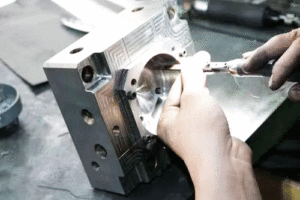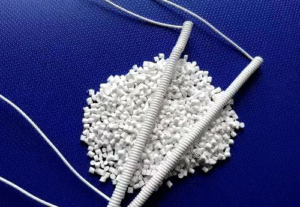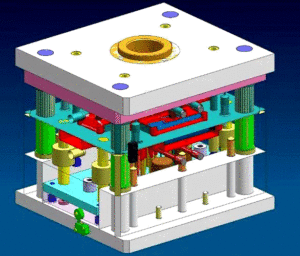
Polishing Treatment for Plastic Molds
Polishing Treatment for Plastic Molds With the widespread application of plastic products, such as daily-use items and beverage packaging containers, there is often a requirement
When general injection molding machines and conventional injection molding processes can’t meet the requirements of the high dimensional repeatability of processed injection products, the precision injection molding will be used.
The concept of “precision injection molding” is mainly different from “conventional injection molding”. It is based on the rapid development of polymer materials. And it also uses precision plastic parts to replace high-precision metal parts in the fields of instrumentation and electronics.
At present, there are two defining indicators for precision injection products. One is the repeatability of product size, and the other is the repeatability of product quality.
This article mainly describes precision injection molding from the aspect of product size repeatability. However, due to the different properties and processing techniques of various materials, the accuracy of plastic parts cannot be equated with that of metal parts.
Precision injection molding is a comprehensive technology involving raw material properties, formulas, molding processes and equipment,etc..
Precision plastic products include DVD digital discs, DVD laser heads, digital camera parts, computer connectors, light guide plates, aspheric lenses, etc. These products have high requirements for the dimensional accuracy requirements, the inherent quality of the products and also the finished pproduct ratio. And that is their distinctive characteristics.
The mold of the molded product is an important condition that determines whether the product can meet the dimensional tolerance as the design requires. While the precision injection molding machine is the key equipment to ensure that the product is always molded within the required dimensional tolerance and to ensure a high yield. The highest accuracy level of plastic products is level 3.
(1) The dimensional accuracy of the part is high and the tolerance is small. That is, there is a high-precision dimensional limit.
(2) The weight repeatability of the product is high. And require the dimensional stability of the day, month and year.
(3) High quality mold material. Sufficient rigidity. High dimensional accuracy, cavity smoothness and postioning accuracy between the templates.
(4) Using precision injection machines instead of the conventional one.
(5) Using precision injection molding technology.
(6) Choose materials suitable for precision injection molding.
The most important technical index for evaluating products is the accuracy of injection molded products (dimensional tolerances, geometric tolerances and surface finish of the products). To inject precision plastic products, it is necessary to strictly control four factors including material selection, mold design, injection molding process, and the technical level of the operator.
Precision injection molding machines require product dimensional accuracy within 0.01~0.001mm. Many precision injection molding machines also require injection molding machines with high injection pressure and high injection speed.
The clamping system should have sufficient rigidity and high clamping accuracy. The so-called clamping accuracy refers to the uniformity, adjustment, stability and repeatability of the clamping force, and high accuracy of the opening and closing positions.
The pressure, flow, temperature, measurement, etc. should be accurately controlled to the corresponding accuracy. Then, using multi-stage or stepless injection to ensure the reproduction conditions of the molding process and the repeatability of the product size.
(1) Mold accuracy.
(2) Molding shrinkage rate.
(3) The temperature, humidity and fluctuation range of the environment where the product is used.
High mechanical strength, good dimensional stability, good creep resistance, and a wide range of environmental adaptation. There are four commonly used materials:
This material has the characteristic of good creep resistance, fatigue resistance, weather resistance, good dielectric properties, and flame resistance. It’s easy to demould if adding lubricant.
Characteristics: strong impact resistance and wear resistance, good fluidity. And they can form products with 0.4mm wall thickness. Glass fiber reinforced PA66 has heat resistance (melting point 250°C).
Disadvantage: hygroscopicity. Generally, it must be processed by humidity control after molding.
Its molding time is short. The molding time is compared as follows:
PBT≤POM≈PA66≤PA6.
Good abrasion resistance, increased rigidity, good dimensional stability, weather resistance, flame retardancy and good molding processability.

Polishing Treatment for Plastic Molds With the widespread application of plastic products, such as daily-use items and beverage packaging containers, there is often a requirement

Injection Molding Techniques for TPE and TPR Injection Molding Techniques for TPE and TPR 1. Dry the TPE and TPR material before injection molding It

Winter Maintenance Measures for Injection Molding Machines As winter approaches and temperatures gradually drop, a cold chill envelops the earth. While ensuring personal warmth, it

Assessment Regulations for Mold Trial Exceeding 3 Times Assessment Regulations for Mold Trial 1. Purpose The purpose of this regulation is to standardize the work of